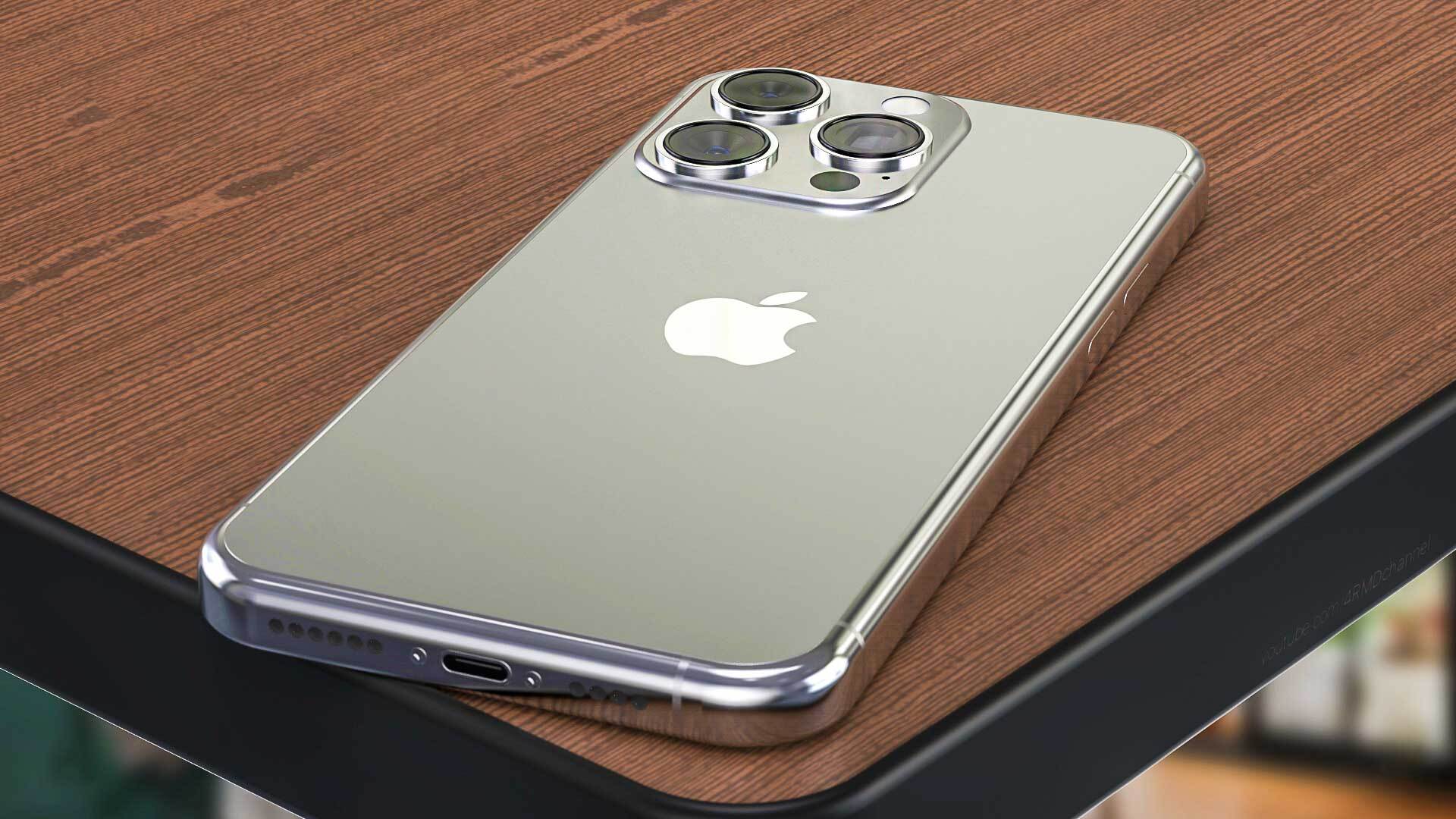iPhone 15 Pro tipped to ditch physical buttons — and that clicks with me

It’s been rumored for a while now that the iPhone 15 Pro will ditch physical buttons for solid-state ones that use haptic feedback to communicate a press rather than actually move to click.
To some this might sound like innovation, to others a pointless tweak. After all, the buttons on the likes of the iPhone 14 Pro and iPhone 13 Pro are more than solid enough. Yet I wouldn’t mind if the clicky buttons went away.
As someone who’s not a big fan of gimmicks — hence why I’ve stuck with the iPhone 13 Pro over the iPhone 14 given the Dynamic Island doesn’t seem that useful — I’d normally turn my nose up at the idea of ditching perfectly functional physical buttons for haptic ones. After all, adding more motors into a smartphone seems like a recipe for over-engineering.
Yet, I think solid-state buttons could be a great idea. First off, I trust Apple engineers to be smart with how they integrate such tech, perhaps using one haptic motor to drive all the solid-state buttons. Secondly, this isn’t something that’s new to Apple.
The Star Wars-sounding Force Touch trackpad of the MacBook lineup eschews moving parts for haptic feedback to communicate presses and taps. And I think its hands down the best trackpad I’ve ever used on a laptop; it even has me using my MacBook Air M2 without an external mouse and still being pretty productive.
So I have no doubt Apple can bring this precision engineering and tactile haptics to the iPhone 15 Pro.
Adding haptic buttons to the iPhone 15 could make it more durable while giving developers more tools for making games more immersive.
Furthermore, providing they’re done well, I think haptic buttons are great.The lack of external moving parts means there would be less scope for dirt, grime and moisture to get into the crevices between a button and the phone’s chassis, and thus clog up the button movement.
Sure, haptics have moving parts, but they are generally robust in my experience and are protected by the chassis. In comparison, the physical home button of my first iPhone, the iPhone 4S, got rather less responsive as time went on. And I seem to recall the power button occasionally getting stuck. So haptic buttons could avoid all of this, though I’d appreciate it may take a bit of getting used to by some users.
On top of all that, the addition of haptics could expand the functionality of the buttons, allowing them to be used in more immersive Apple Arcade games. Particular vibrations on individual buttons could communicate what’s going on in a game; in an adventure title a button could vibrate with increasing intensity as the player nears a clue or particular tense moment.
Or more granular haptics could be used to better communicate certain types of notifications and alerts, almost giving an iPhone a new type of voice in which to interact with the user.
Of course, this would need developers to get on board. But Apple has an ecosystem of devs who could be inspired to find creative ways to make use of the haptics; we’ve sort of seen that with the advanced haptics in the PS5’s DualSense controller.
I’m basing this all on rumor and speculation, and Apple may just be sticking with physical buttons for the new iPhone 15 Pro lineup. But it still indicates there’s room to be innovative with smartphones, even if it means arguably fixing something that’s far from broken.
For all the latest Technology News Click Here
For the latest news and updates, follow us on Google News.
